
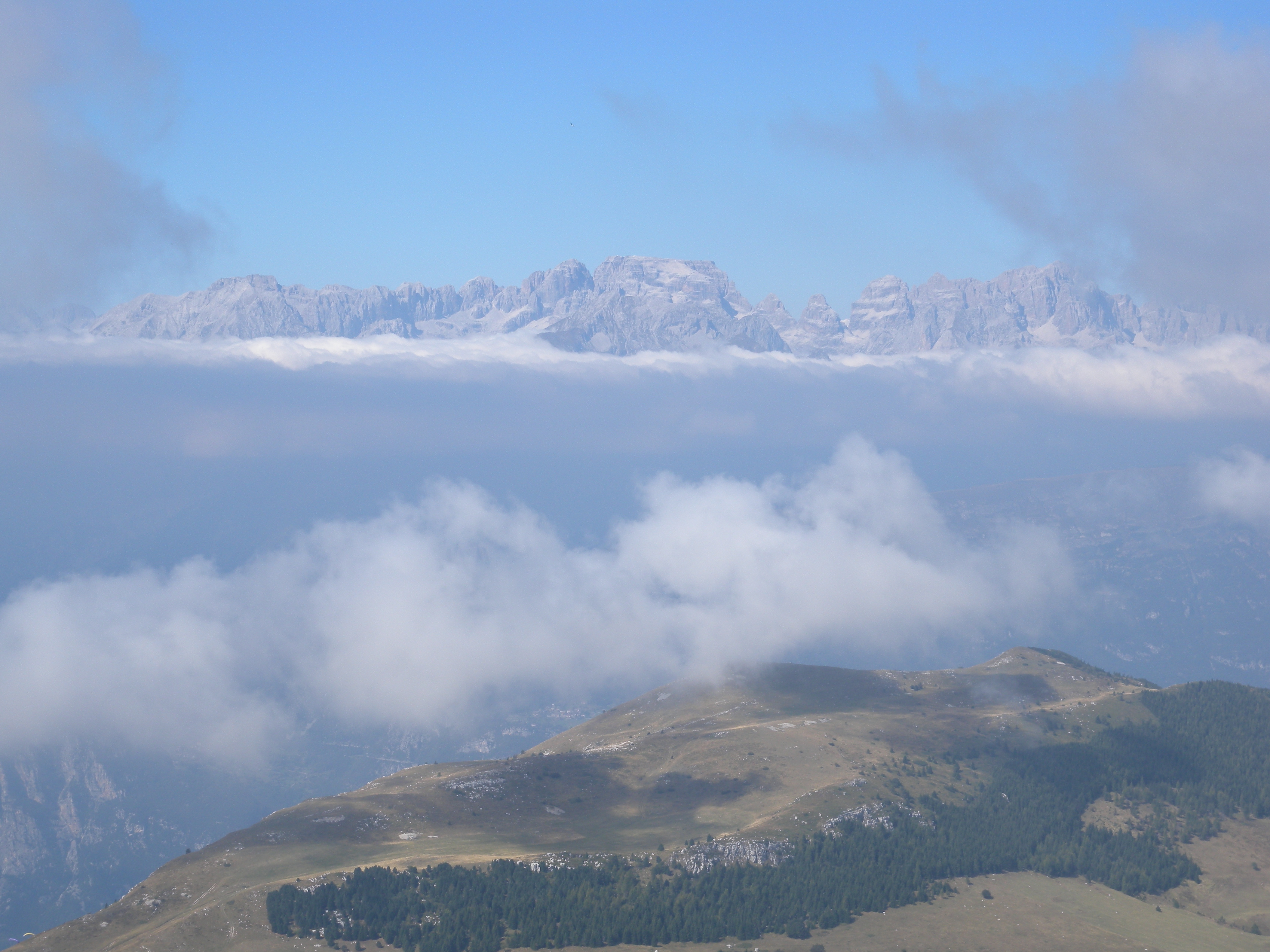
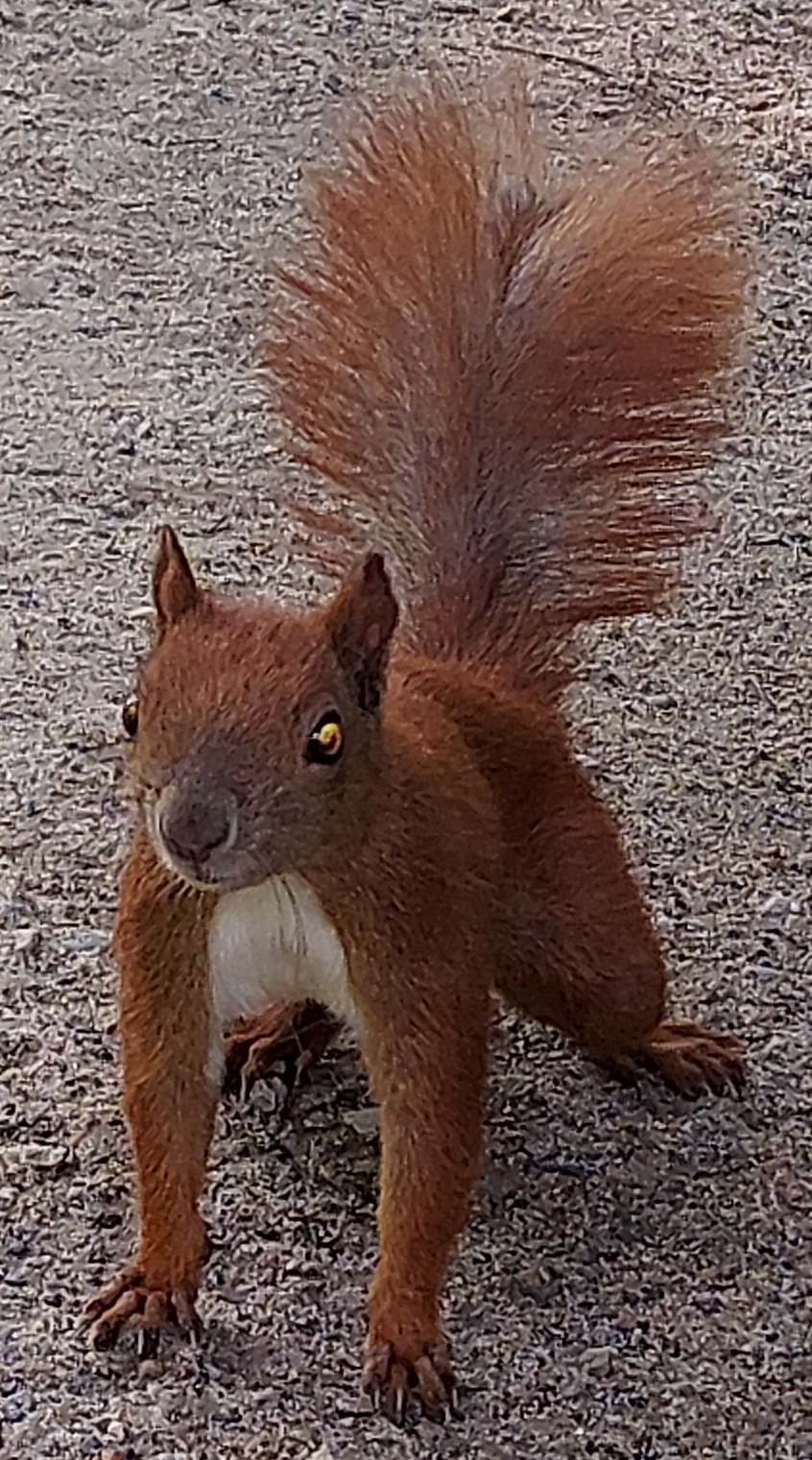

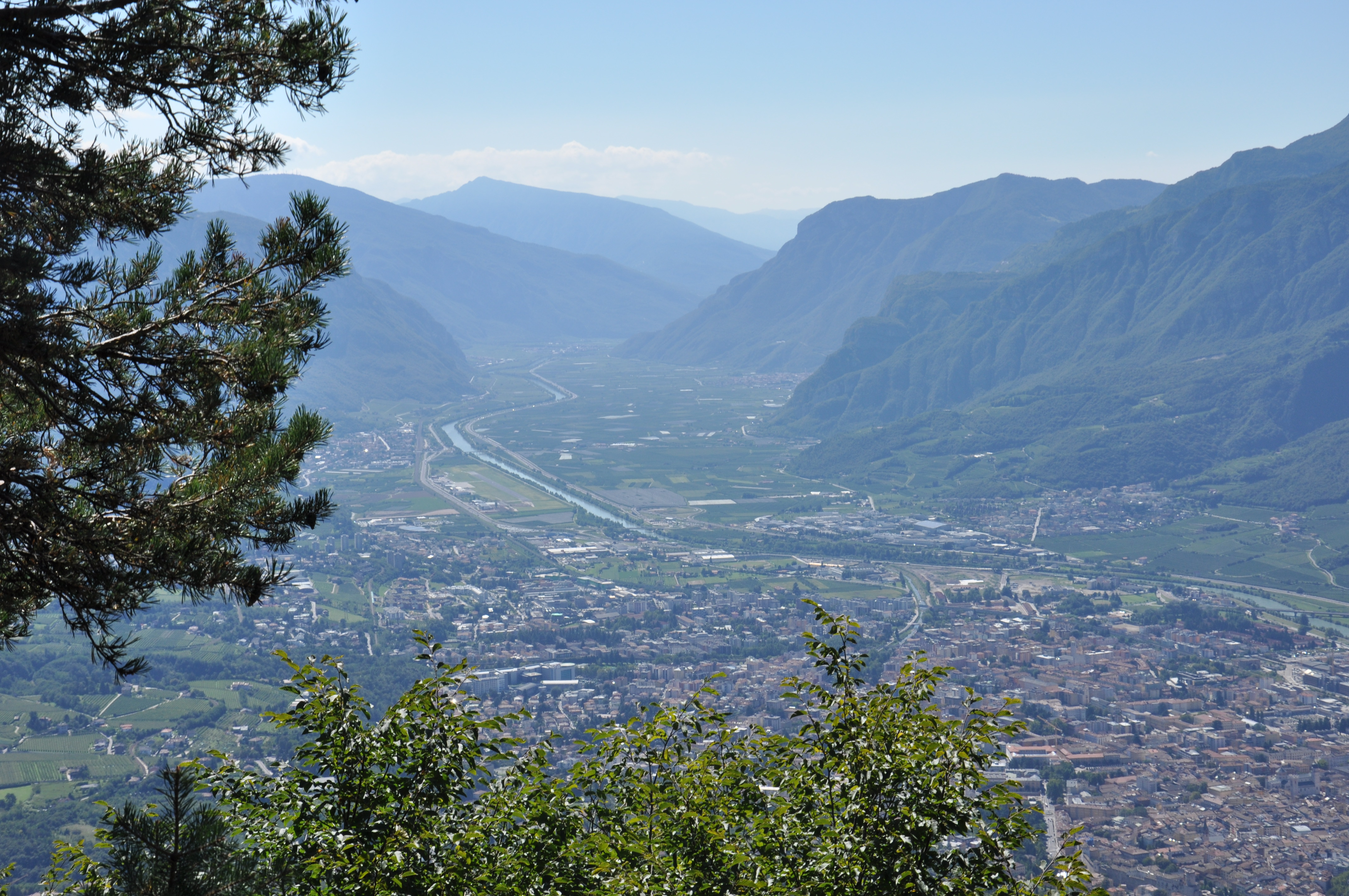
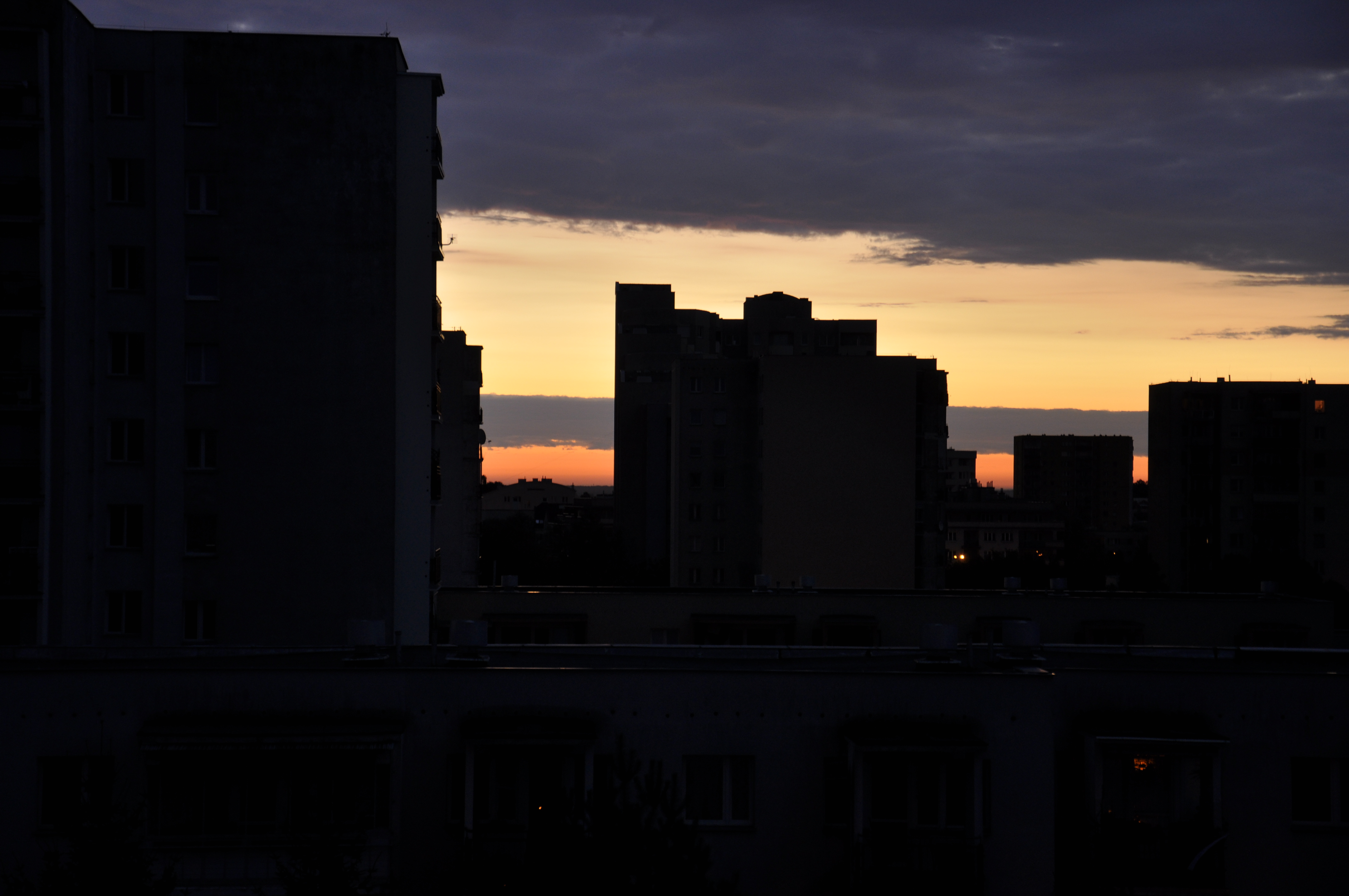






The collaboration between Polish and Italian algebraic geometers has a long standing tradition. Within this miniworkshop we focus on apolarity methods in geometry. We will not have any formal talks, instead we will focus on semi-organised discussions and loose flow of thoughts between the participants. This formula will promote research advancement and hopefully result in a scientific discovery.
Previous events in Warsaw in a similar spirit include Tensor days (2021), discussion sessions during the AGATES semester (2022) and its workshops, and secant varieties working groups 2018-2024.
| Monday | Tuesday | Wednesday | Thursday | |
| 9:30-10:40 | working group in 403 | working group in 403 | working group in 403 | working group in 403 |
| 10:40-11:10 | coffee break in 409 | coffee break in 409 | coffee break in 409 | coffee break in 409 |
| 11:10-12:20 | working group in 403 | working group in 403 | working group in 403 | working group in 403 |
| 12:20-13:45 | lunch (on your own) | lunch (on your own) | lunch (on your own) | lunch (on your own) |
| 13:45-14:30 | coffee break in 409 | coffee break in 409 | coffee break in 409 | coffee break in 409 |
| 14:30-16:30 | working group in 403 | free afternoon | working group in 403 | working group in 1 |
The first topic builds on the decomposition algorithm originating from the works Brachat, Comon, Mourrain, and Tsigaridas.
Any homogeneous polynomial of degree d can be written as a sum of d-th powers of linear forms.
It is an important problem to find a decomposition into such sum with a minimal number of summands.
The algorithm of Brachat, Comon, Mourrain, and Tsigaridas finds all such decompositions.
In practice, the algorithm is efficient for nice polynomials, but formally, in general, the complexity is rather depressing.
Moreover, the algorithm is generalised to other objects including decompositions of tensors into sums of simple tensors.
We reinterpreted the algorithm in geometric terms using apolarity techniques.
Moreover, investigated if the algorithm can be generalised to search for border decompositions
(or at least weak border decompositions) by merging it with border apolarity technique.
Within the the second topic we revisited the so called "Schur apolarity" introduced by Staffolani and searched for loose threads to pull.
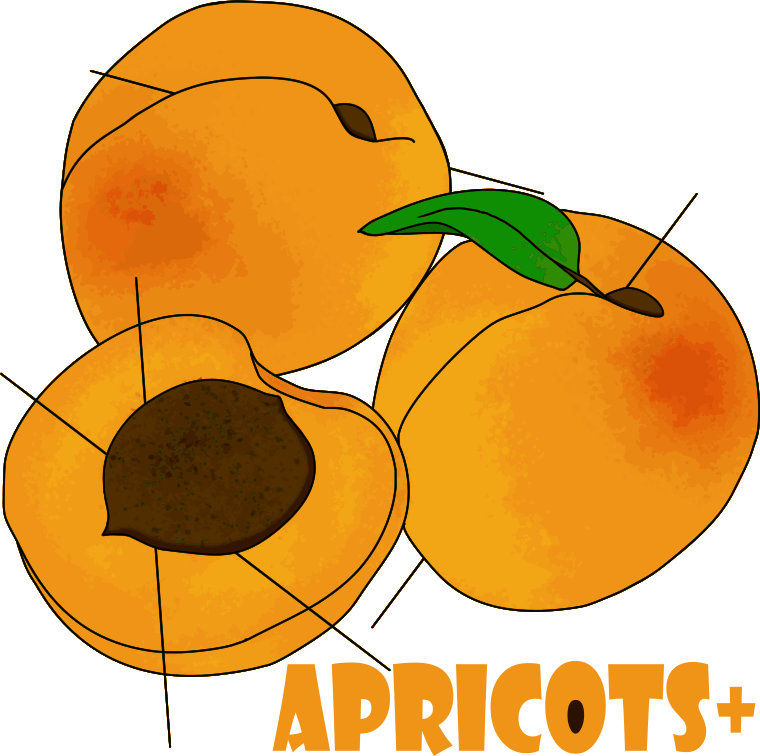 grant from NCN,
grant from NCN,
Ajwar picture from wikipedia, other pictures by Buczyńscy.